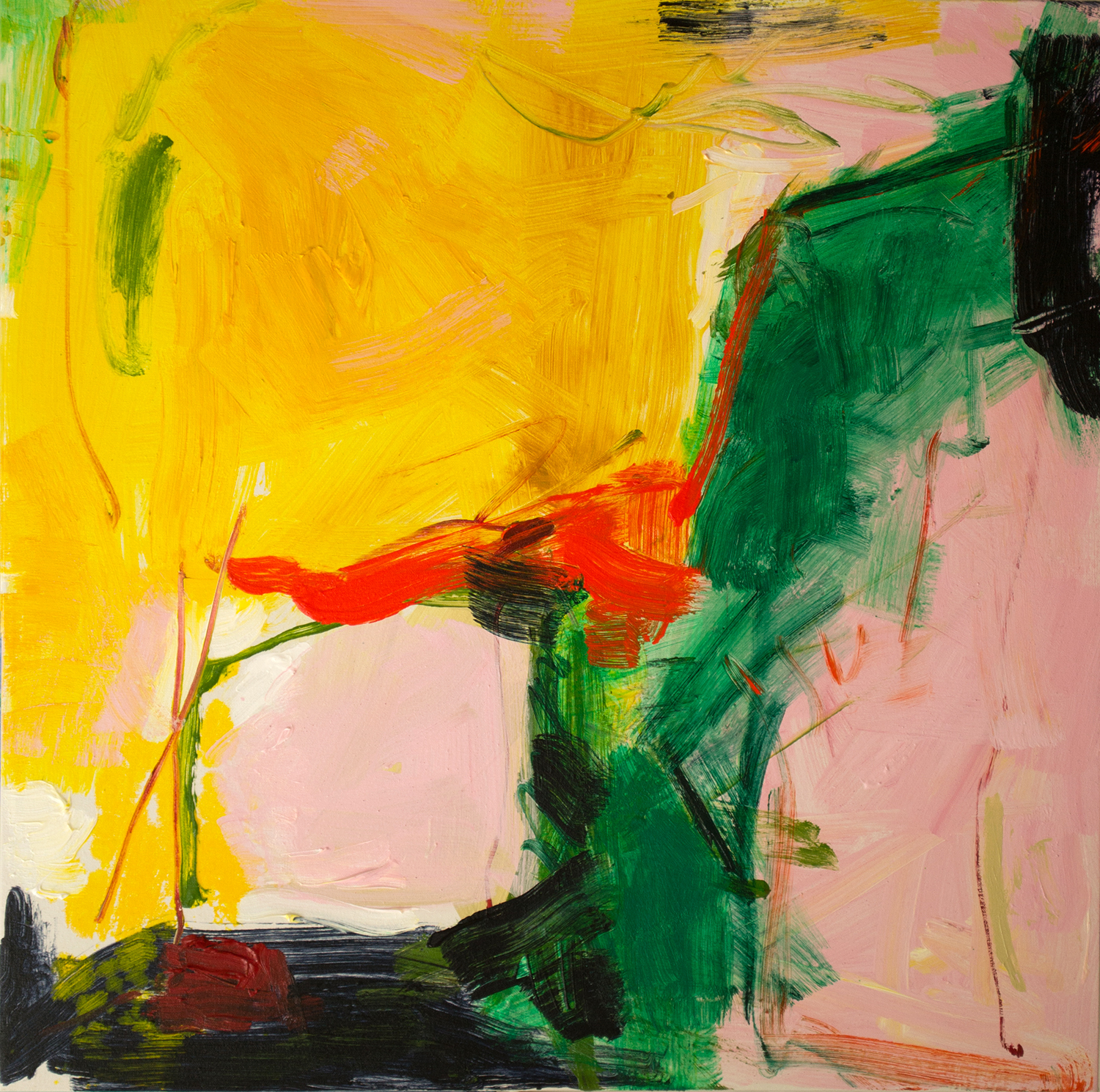Abstract Art Unveiled
written by AI
"Ah, the eternal question! Abstract art: a vast ocean of unfathomable depths, an interplay of the seen and the unseen, the felt and the unfelt. Let's embark on this journey together, shall we?
At its core, abstract art doesn't attempt to represent an accurate depiction of visual reality. Instead, it uses shapes, colors, forms, and gestural marks to achieve its effect, and therein lies its essence. Think of it as a conversation between the artist's inner world and the canvas, a dialogue that transcends the confines of tangible reality.
Historical Glimpse:
Abstract art emerged at the start of the 20th century and was a radical departure from the traditional form. It wasn't just about aesthetics; it was a response to the rapidly changing world, a reaction to the scientific and philosophical revelations of its time. Artists like Wassily Kandinsky, Kazimir Malevich, and Piet Mondrian broke away from the representational art and delved into abstraction.
The Anatomy of Abstraction:
Color: Color in abstract art can be a pure sensation. It's not just about creating a pleasing palette, but about evoking emotion. Rothko's monumental color fields, for instance, envelop the viewer in a profound sensory experience.
Form & Shape:
The use of shapes can be symbolic or entirely intuitive. They can form rhythms and patterns, creating a visual dance. Kandinsky once said that a circle represents the soul - such is the potency of form in abstraction.
Texture & Gesture:
These elements bring tactility to a piece. The thick impasto of a Willem de Kooning painting or the delicate washes in a Helen Frankenthaler canvas provide a tactile dimension to the art.
Space: Abstract art often challenges our perception of depth, foreground, and background. It asks us to see space differently, sometimes as a flat plane, at other times as a chasm of infinity.
Philosophy and Emotion:
More than any other type of art, abstraction allows for personal introspection. It doesn’t direct the viewer to a specific sentiment but lets them explore their psyche. It's like a Rorschach inkblot test; what you see reveals more about you than the painting itself.
Critiques & Misconceptions:
Many feel disoriented by abstract art. "My child could do that!" is a common refrain. But abstract art, with its deliberate choices, challenges our very notions of skill and creativity. It's about intent, expression, and the profound connection between artist and viewer.
Conclusion:
Abstract art is a universe unto itself. It's not about replication but revelation. It bypasses our intellect and speaks directly to our souls. It's a dance of colors, forms, and emotions. When faced with an abstract piece, don't just look. Feel. Dive into its depths, and perhaps, in its swirling colors and forms, you'll find a reflection of yourself.""
-ChatGPT August 3 2023 Version
And here is one of my definitions of abstract art:

Transit Notes acrylic on canvas 30 x 30 inches © W.Skog
See more blog posts by Canadian artist Wendy Skog.
wendy skog abstract art studio copyright 2024 all rights reserved